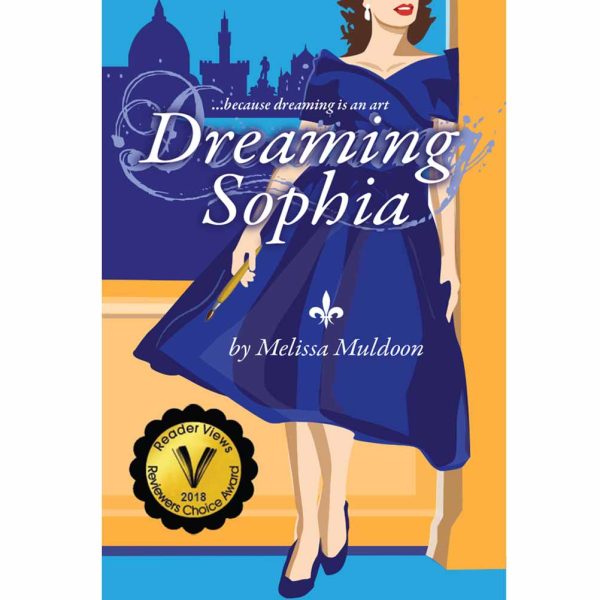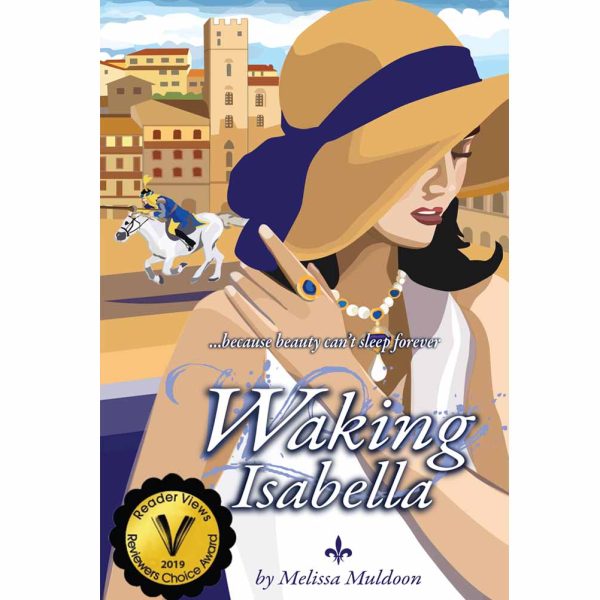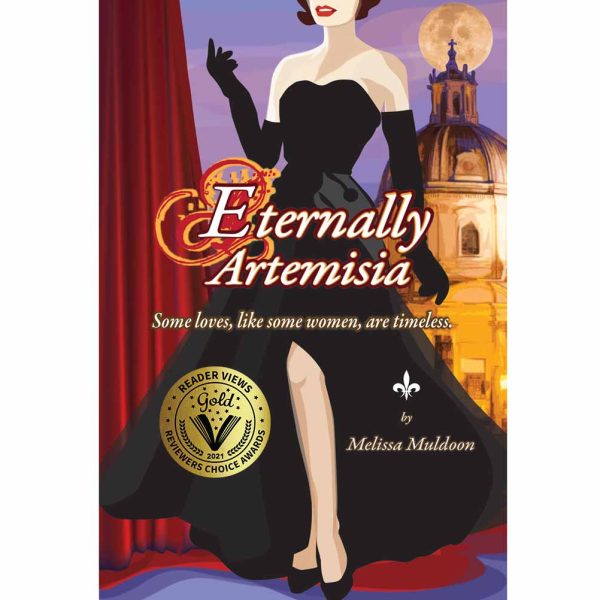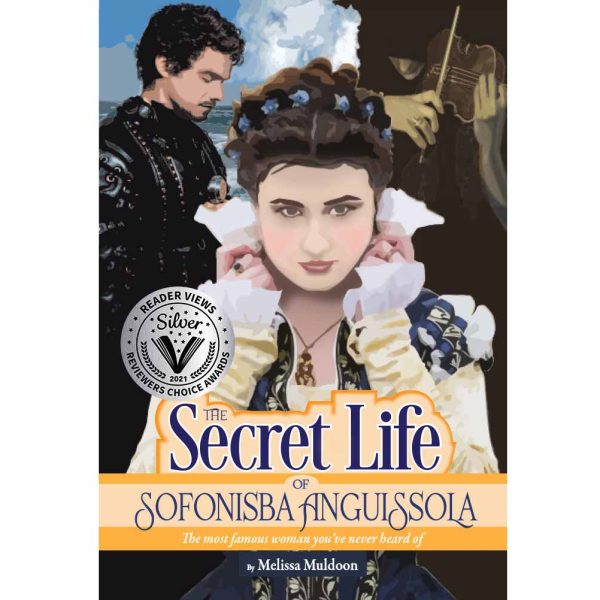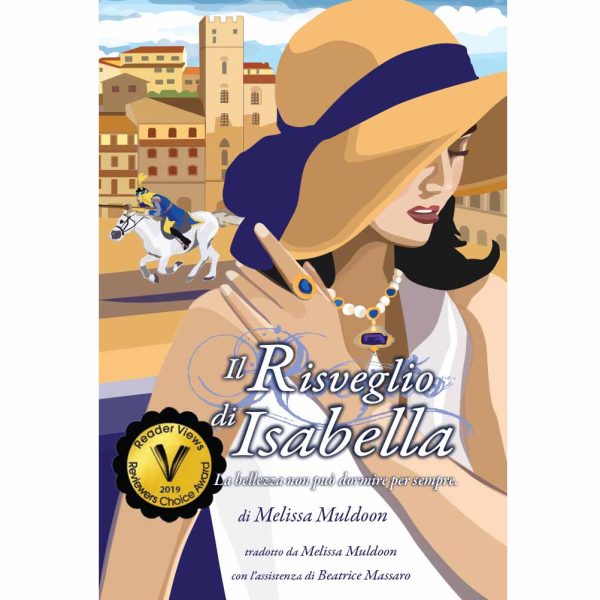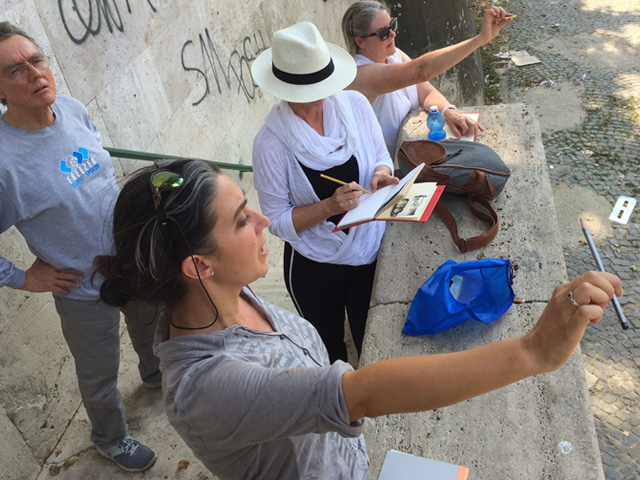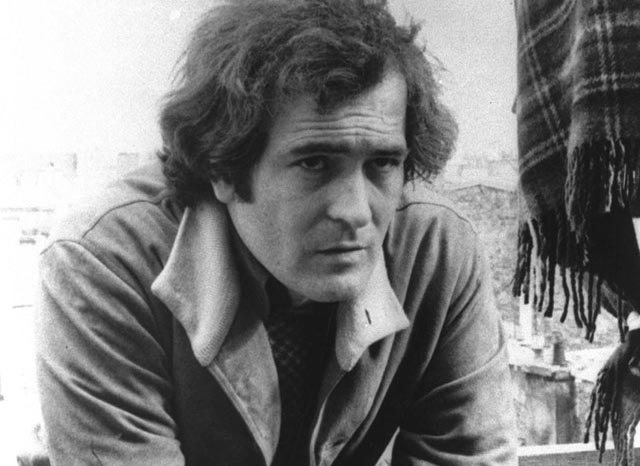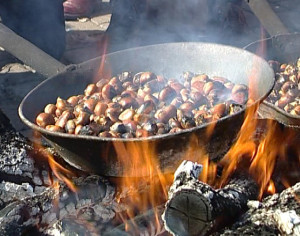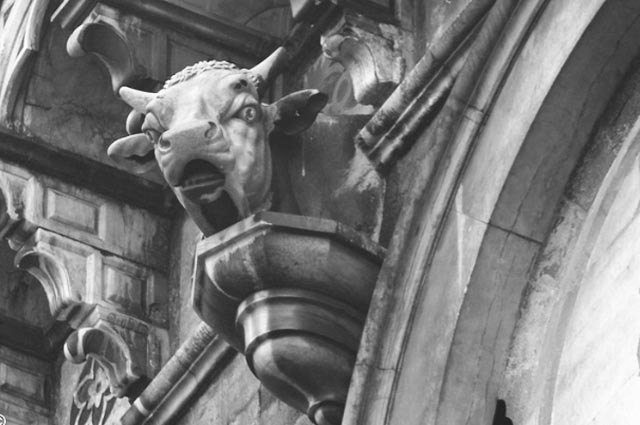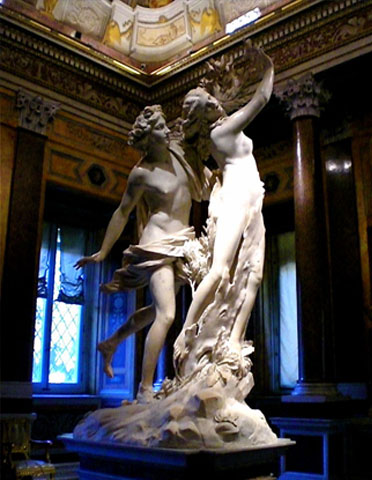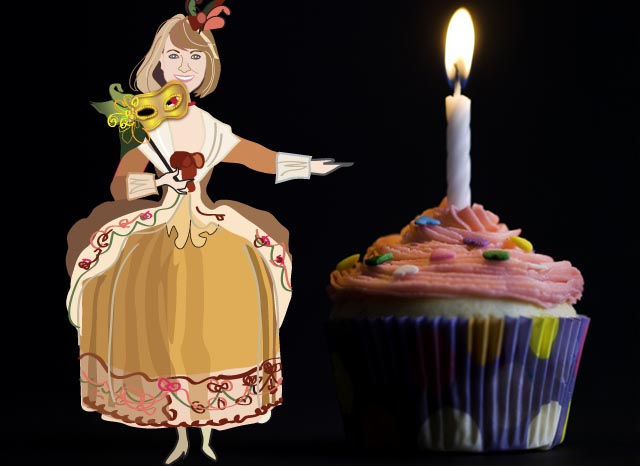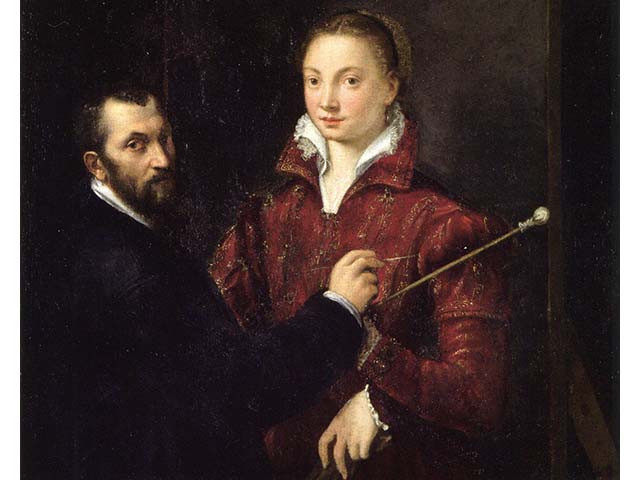
Sofonisba Anguissola è la protagonista di un nuovo romanzo scritto da Melissa Muldoon.
Sofonisba Anguissola is the subject of a new novel by Melissa Muldoon
Sofonisba Anguissola—Un nome che sfida la lingua!
The name that twists tongues and captivates hearts.
Il nome Sofonisba Anguissola non scivola facilmente dalla lingua. Per aiutarti a pronunciarlo: So-fo-nees-bah Ahn-gwee-sola. Non solo è un nome particolare, ma è anche uno che per molto tempo è rimasto dimenticato, insieme ai suoi capolavori artistici. Recentemente, tuttavia, Sofonisba sta guadagnando l’attenzione che merita. Quadri attribuiti erroneamente a pittori uomini sono finalmente riconosciuti come parte della sua opera, poiché non tutti potevano accettare che una donna potesse dipingere con tale maestria.
The name Sofonisba Anguissola doesn’t roll off the tongue easily. To help, here’s the breakdown: So-fo-nees-bah Ahn-gwee-sola. Beyond the unique name lies a forgotten artist whose works are now being reclaimed. Paintings once wrongly attributed to men are finally recognized as hers, proving her unparalleled talent.
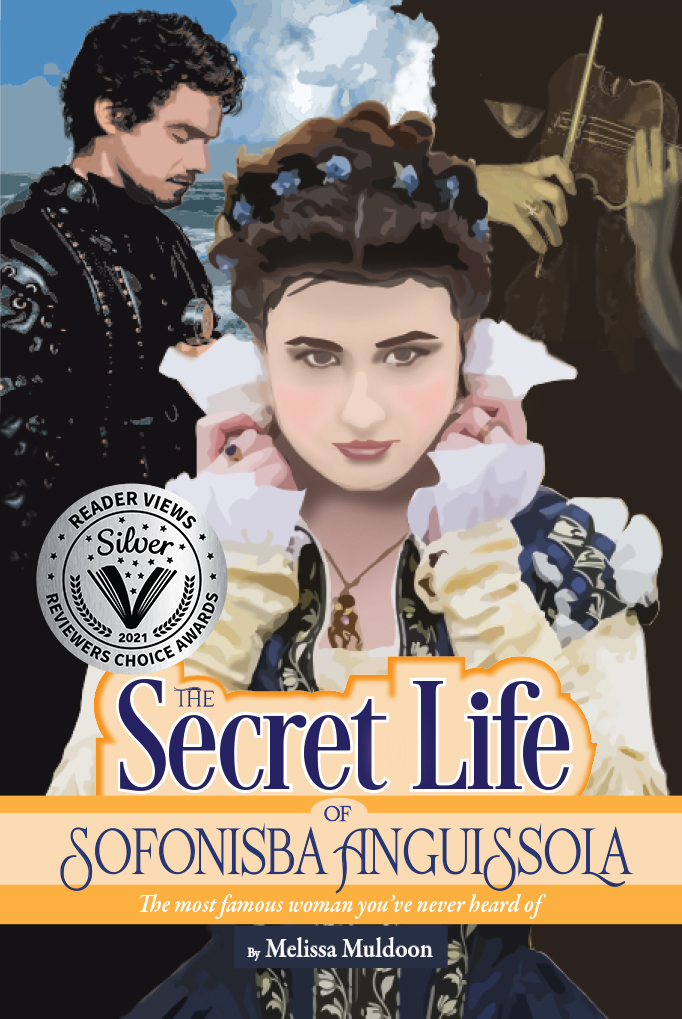
Sofonisba torna sotto i riflettori
Back in the spotlight and the subject of my new novel!
Dopo aver approfondito la sua storia, ho deciso di trasformarla in un romanzo storico: “The Secret Life of Sofonisba Anguissola—The Most Famous Woman You’ve Never Heard Of.” Sofonisba fu elogiata da Michelangelo e Giorgio Vasari, il primo storico a documentare la vita degli artisti contemporanei.
Inspired by her story, I’ve written a historical novel: “The Secret Life of Sofonisba Anguissola—The Most Famous Woman You’ve Never Heard Of.” Praised by Michelangelo and Giorgio Vasari, she earned a place in art history as a trailblazing female artist.
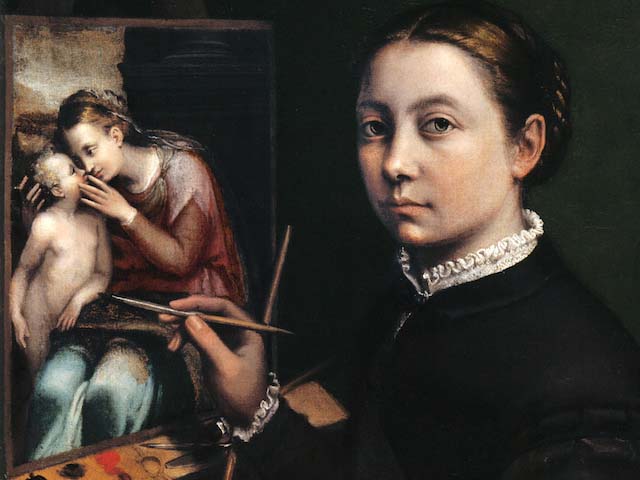
“Sofonisba, has labored at the difficulties of design with greater study and better grace than any other woman of our time, and she has not only succeeded in drawing, coloring, and copying from nature, and in making excellent copies of works by other hands, but has also executed by herself alone some very choice and beautiful works of painting.” — Giorgio Vasari
La potenza e il genio di Sofonisba
Strength, emotion, and brilliance before her time.
Le opere di Sofonisba mostrano forza, emozione e un uso drammatico del chiaroscuro molto prima di Caravaggio. Come Rembrandt, era una prolifica autoritrattista, celebrando il suo status di artista e riflettendo sul tempo che passa. Sofonisba visse una vita straordinaria, guadagnandosi il rispetto di Michelangelo, che rimase colpito dai suoi schizzi.
Sofonisba’s art reveals strength and emotion, with chiaroscuro predating Caravaggio. Like Rembrandt, her self-portraits celebrate her artistic identity and the passage of time. Her exceptional life earned her admiration from Michelangelo, who recognized her genius.
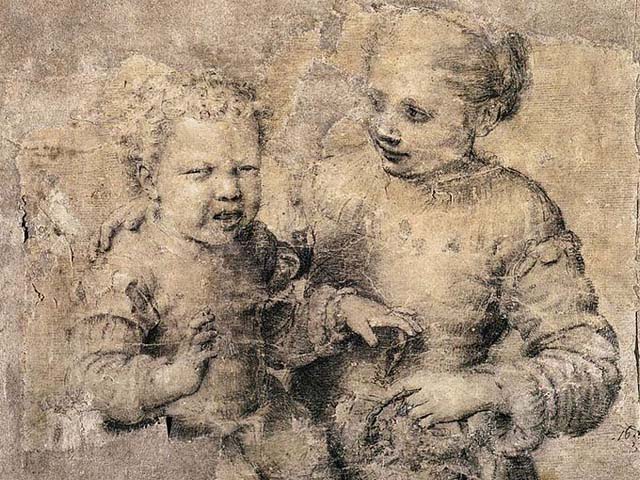
La straordinaria vita di una donna coraggiosa
An artist who conquered the canvas and the world.
Nata a Cremona nel 1532, Sofonisba proveniva da una famiglia nobile ma modesta. Fin da giovane, dimostrò talento eccezionale, studiando con Bernardino Campi e incontrando Michelangelo a Roma. Attraverso connessioni reali, divenne pittrice di corte per il re Filippo II di Spagna e confidente della regina Elisabetta di Valois.
Born in Cremona in 1532, Sofonisba’s talent blossomed early, leading her to study with Bernardino Campi and meet Michelangelo in Rome. She became court painter to King Philip II of Spain and confidant to Queen Elisabeth of Valois.
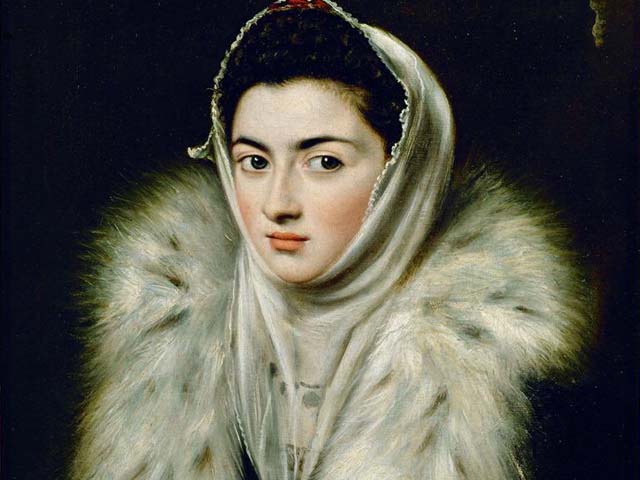
Un’eredità immortale
An inspiring legacy for future generations.
Dopo un matrimonio sostenuto ma infelice, Sofonisba trovò l’amore con il capitano di una nave, Orazio Lomellino, con cui trascorse i suoi ultimi anni a Genova. Persino Anthony van Dyck fu ispirato da lei, definendola una delle sue più grandi insegnanti.
After a polite but unhappy marriage, Sofonisba found love with sea captain Orazio Lomellino, spending her final years in Genoa. Even Anthony van Dyck praised her, calling her one of his greatest teachers.
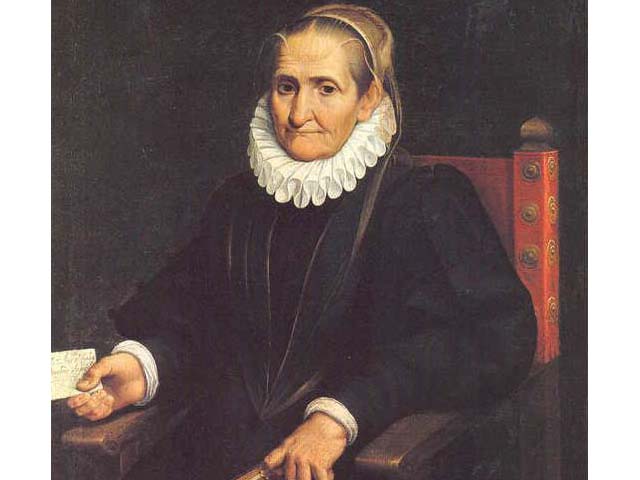
La vita di Sofonisba Anguissola è stata straordinaria: una donna avanti per i suoi tempi che visse fino ai suoi 90 anni, frequentando re, regine e duchi, e sfidando le convenzioni fuggendo con un affascinante capitano di mare. Seguì il suo cuore e i suoi sogni, lasciando un’eredità come pittrice di immenso talento e rispetto in un mondo dominato dagli uomini. La storia di Sofonisba è un esempio di coraggio, passione e genialità artistica—un’ispirazione per le generazioni future. Immergiti nella sua affascinante vita e scopri il viaggio incredibile di una donna che visse davvero secondo le sue regole!
Sofonisba Anguissola’s life was nothing short of extraordinary—a woman ahead of her time who lived into her 90s, mingled with kings, queens, and dukes, and even defied convention by running off with a dashing sea captain. She followed her heart and her dreams, carving out a legacy as a painter of immense talent and respect in a male-dominated world. Sofonisba’s story is one of courage, passion, and artistic brilliance—an inspiration for generations to come. Dive into her fascinating life and discover the incredible journey of a woman who truly lived life on her own terms!
Read the novel that was inspired by the real life adventures of Sofonisba Anguissola!
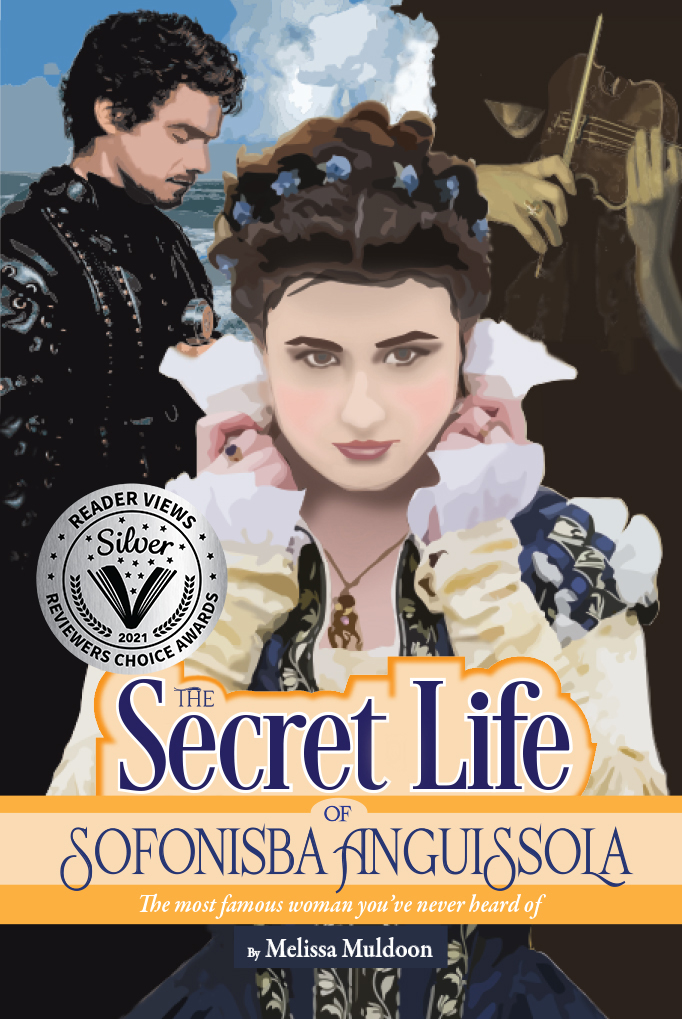
The Secret Life of Sofonisba Anguissola
Set in the sixteenth-century, The Secret Life of Sofonisba Anguissola tells the story of a woman’s passion for painting and adventure. In a world where women painters had little to no acknowledgment, she was singled out by Michelangelo and Vasari who recognized and praised her talent. Gaining the Milanese elite’s acclaim, she went on to become court painter to Spanish King Philip II and taught his queen to paint. One can’t live such an extraordinary life without having stories to tell, and tell them Sofonisba does to Sir Anthony Van Dyke, who comes to visit her toward the end of her life. During their meeting, she agrees to reveal her secrets but first challenges the younger painter to find the one lie hidden in her tale. In a saga filled with intrigue, jealousy, buried treasure, unrequited love, espionage, and murder, Sofonisba’s story is played out against the backdrop of Italy, Spain, and Sicily. Throughout her life, she encounters talented artists, authoritative dukes, mad princes, religious kings, spying queens, vivacious viscounts, and dashing sea captains—even a Barbary pirate. But of all the people who fell in love with Sofonisba, only one captured her heart. The painter may have many secrets but the truth of her life is crystal clear from the beginning. Always a strong, passionate woman with a dream, she was an intelligent artist who knew her self-worth and in the end, as Michelangelo had done for her, Sofonisba passed her brush to a new generation.
